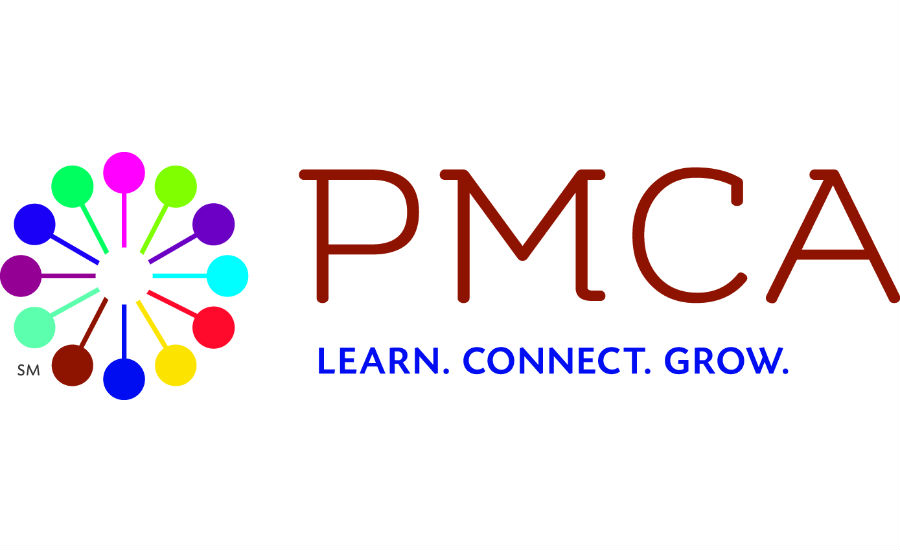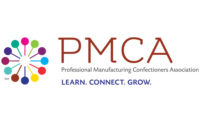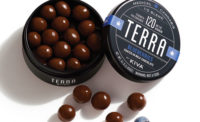Which types of cannabis confectionery edibles are most popular? PMCA event offers insight
The Professional Manufacturing Confectioners Association recently held a symposium offering tips and tricks for cannabis-infused confectionery.

With varying stages of cannabis legalization in the U.S. and Canada — and the proliferation of cannabis-infused edibles in the marketplace — the Professional Manufacturing Confectioners Association (PMCA) recently hosted a science symposium on incorporating cannabis into confectionery and snack products.
Held over two days in Sacramento, Calif., the symposium featured presentations from 18 experts in both the confectionery and cannabis fields. Among the topics covered were pharmacology, dispersion and dose control, product development, manufacturing, lab testing and supply chains, food safety, market research and current regulations and legislation.
Though PMCA historically has worked with traditional candy makers, the organization’s board of directors voted in October 2018 to accept membership applications from companies that produce cannabis-infused products.
Presenter Francis Boero, managing partner of Gavenum LLC, pointed to the importance of acknowledging the increasing influence of cannabis and supporting consumer education and safe use.
“This is a significant paradigm shift, and we are part of a historical cultural change,” he said. “We can be aloof or we can collaborate to forge a responsible path forward.”
Cannabis in the U.S. and Canada
During her presentation, Linda Gilbert, founder and ceo of EcoFocus Worldwide, said her firm’s research found half of edibles consumers aren’t regular candy buyers.
Survey results also indicated they are more likely to be men (62 percent), younger (36 years), parents (63 percent) and more health-oriented. Edibles buyers are also likely to earn higher incomes (43 percent making $75,000+) and be more willing to pay for higher quality.
Gilbert also noted about 70 percent of consumers, based on a survey of 804 respondents, feel better purchasing cannabis-infused products from well-known brands than startups. More than 80 percent of the respondents said they feel better purchasing cannabis-infused chocolate from a chocolate manufacturer they know and trust.
As for format, 56 percent of survey respondents said they consume infused gummies, while half consume brownies. Cookies followed at 47 percent and chocolate bars followed at 40 percent. Just over half of survey respondents said they prefer dosages in the 5mg-30mg range.
Among the top flavor profiles are chocolate (66 percent), fruity (44 percent), tropical (32 percent), vanilla (24 percent) and caramel/toffee (19 percent).
Gilbert stressed the significance of making products with pleasing and recognizable flavor profiles.
“We need to see where the fit is for consumers and develop products that meet their needs,” she said.
Brian Sterling, founding partner and president of SCS Consulting, offered an overview of the cannabis markets in the United States and Canada, which federally legalized dry cannabis and oil in October 2018 and edibles in October 2019.
Citing data from BDS Analytics, Sterling said legal cannabis sales in Canada are expected to reach $2.9 billion in 2020 and $5.1 billion in 2022. That’s compared to the U.S. market, which is projected to total $16 billion in 2020 and $23.1 billion in 2022.
He also noted that in Arizona, California, Colorado and Oregon, confectionery edibles made up 44 percent of 2018 retail sales, representing $270 million. Chocolate-based edibles occupied another 15 percent, representing $91.8 million.
Also pointing to a survey of Canadian consumers conducted by Dalhousie University, he noted roughly 27 percent of survey respondents said in 2017 they would replace an alcoholic drink with a cannabis-infused dish in a restaurant.
However, after experiencing issues with price points and accessibility during Canada’s first wave of legalization in 2018, that number dropped to 16 percent.
“Consumers are divorcing the two in their minds,” Sterling said. “We’re not looking at a 1:1 switch necessarily.”
He also noted consumers’ main concerns include trust, information transparency, product safety, youth access and personal health and safety.
Cannabis testing
Seth Wong, president of TEQ Analytical Labs, covered the inconsistencies in testing requirements from state to state and lab to lab. He said “enforcement is underfunded” and there is a lack of scientific personnel in enforcement bodies.
Wong also pointed to concerns over product adulteration and misrepresentation, particularly through inadequate sample sizes and submitting different plant material than what’s supposed to be tested.
To protect their clients and interests, Wong suggested businesses should audit and review lab data, request raw data packets, ask about staff training, and request validation data to prove the testing methodology is fit for the purpose.
“You are entitled to all the data that backs up that result,” he said.
Challenges in formulation of cannabis products
Several presenters, including Scott Riefler, chief technology officer for Sōrse Technology, stressed the need to work with reliable cannabinoid suppliers that use food-safe extraction solvents.
“You have to be careful and know what you’re buying,” he said.
Riefler also noted the challenges of incorporating cannabinoids into food products, such as bitter flavor profiles and the distinct cannabis scent; uniform dispersal of active oils; and finding a way to incorporate cannabis ingredients that’s compatible with a manufacturer’s current production system.
And, given the lipophilic nature of cannabis oils, proper emulsification is a must for achieving consistent products. Dėrick Rousseau, professor at Ryerson University in Toronto, Canada, said nanoemulsions, featuring oil droplet sizes of 10 to 300 nanometers, are attractive solutions because they create visually transparent solutions and offer greater product stability.
For developing semi-solid foods such as gummies, Rousseau suggested a hot nanoemulsification of a cannabinoid and a carrier oil into a melted gel matrix. For a solid product matrix such as chocolate, which already requires emulsification, he recommended fully incorporating the cannabinoid into the fat-based cocoa butter.
Candy-making basics
A PMCA event wouldn’t be complete without offering education on candy-making processes. Michelle Frame, founder and president of Victus Ars, covered the relationships between candy formulas, particularly non-chocolate confectionery.
She also discussed the importance of monitoring water activity and balancing the use of sugar, which provides structure, and syrups, which provide chewiness and stretchiness.
Given the popularity of cannabis-infused gummies, she also discussed the benefits of pectin, which provides a translucent visual and a softer chew, and gelatin, which offers stiffness and cost effectiveness.
Frame also said manufacturers must pay as much attention to the taste and quality of the confectionery base as the active ingredients.
To learn more about PMCA and their educational and membership opportunities, visit pmca.com.
Looking for a reprint of this article?
From high-res PDFs to custom plaques, order your copy today!







